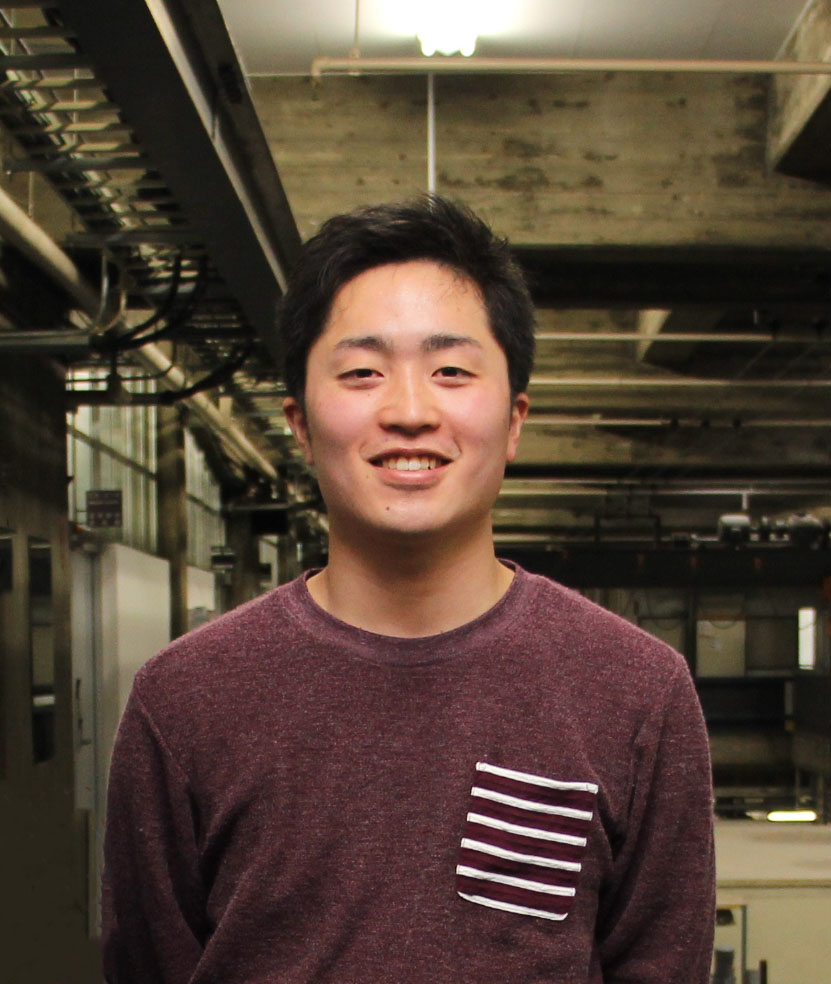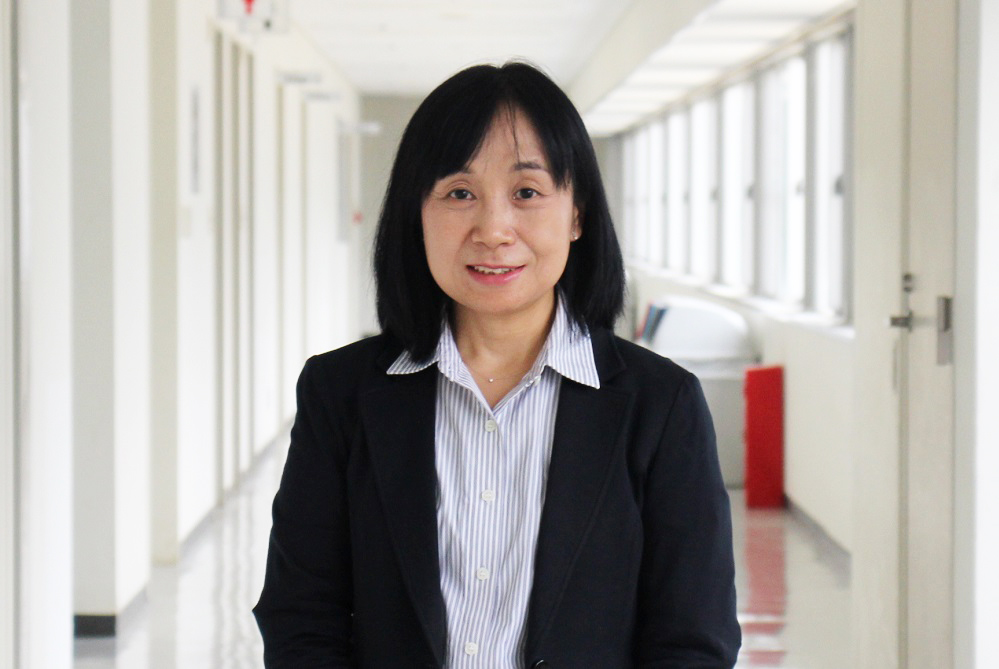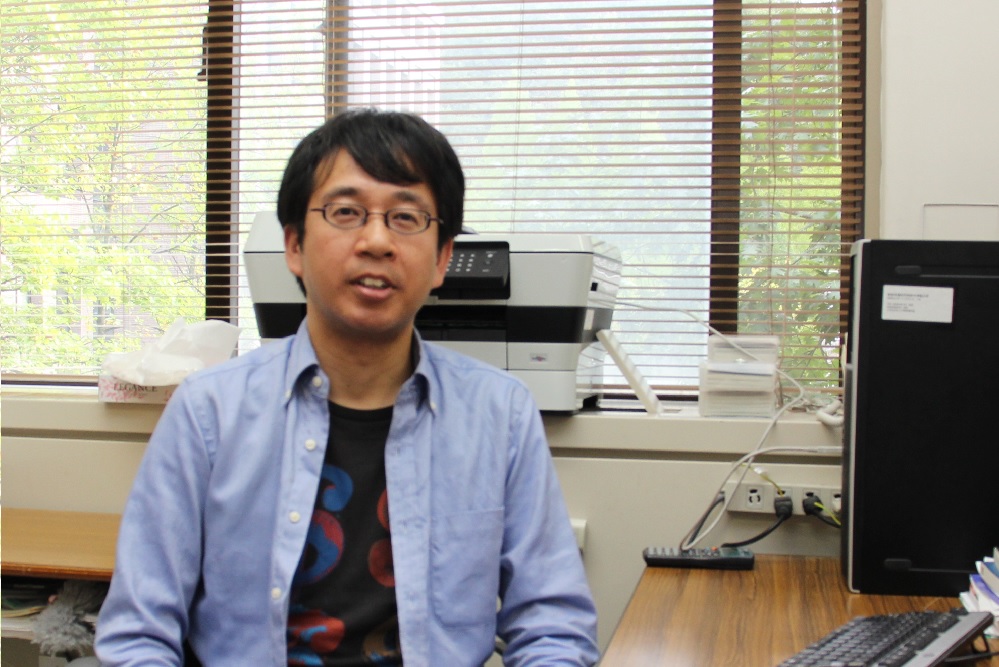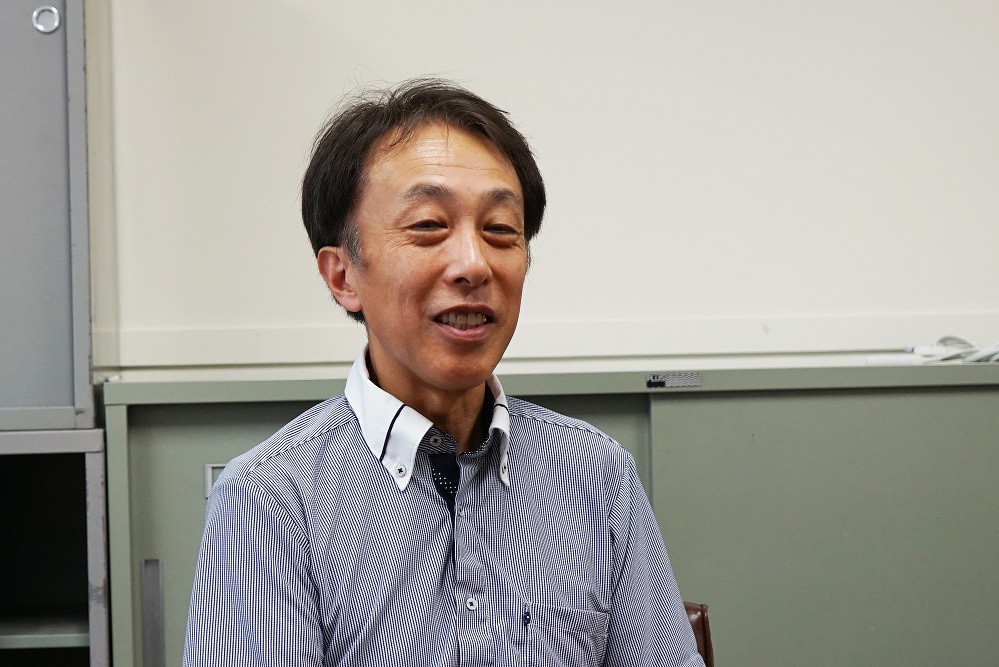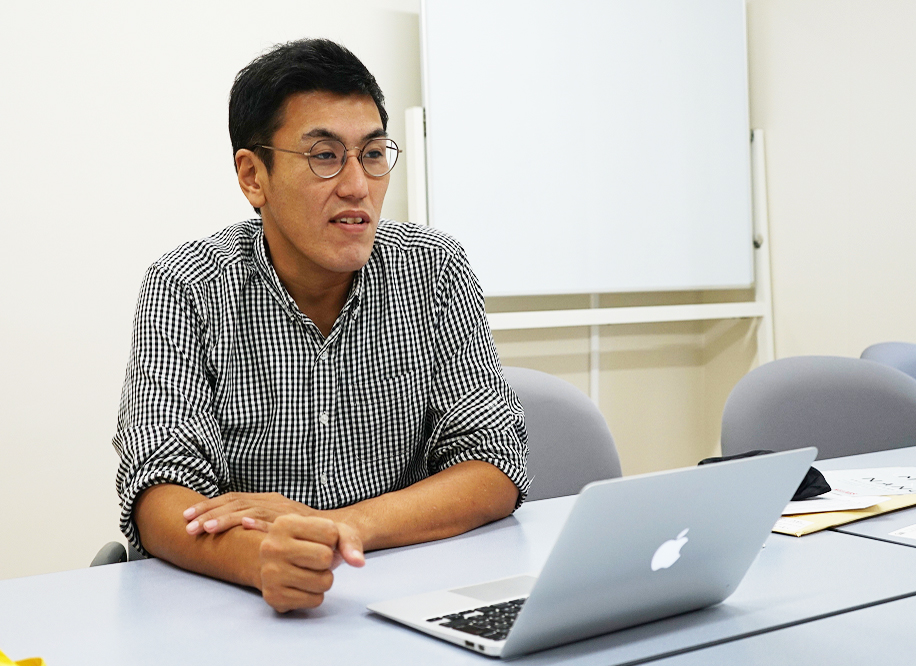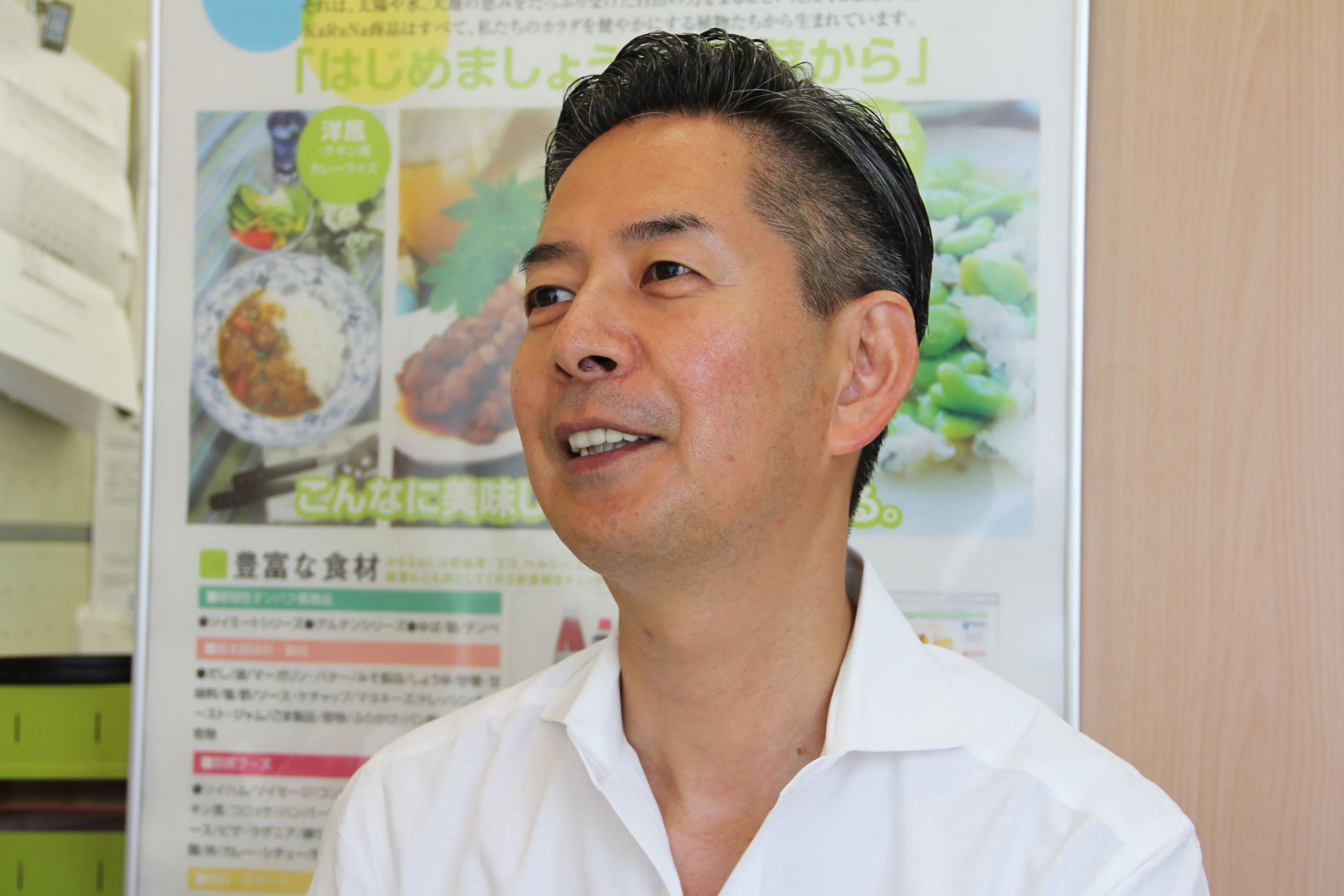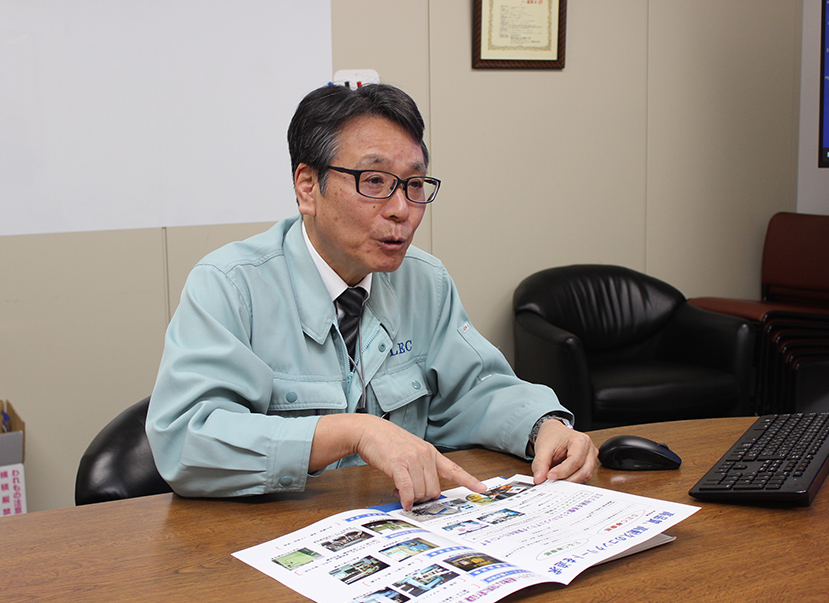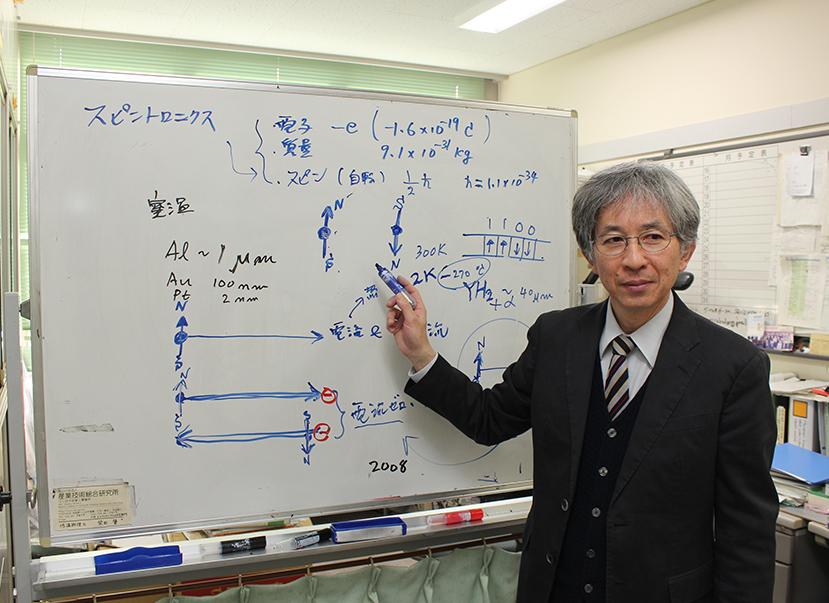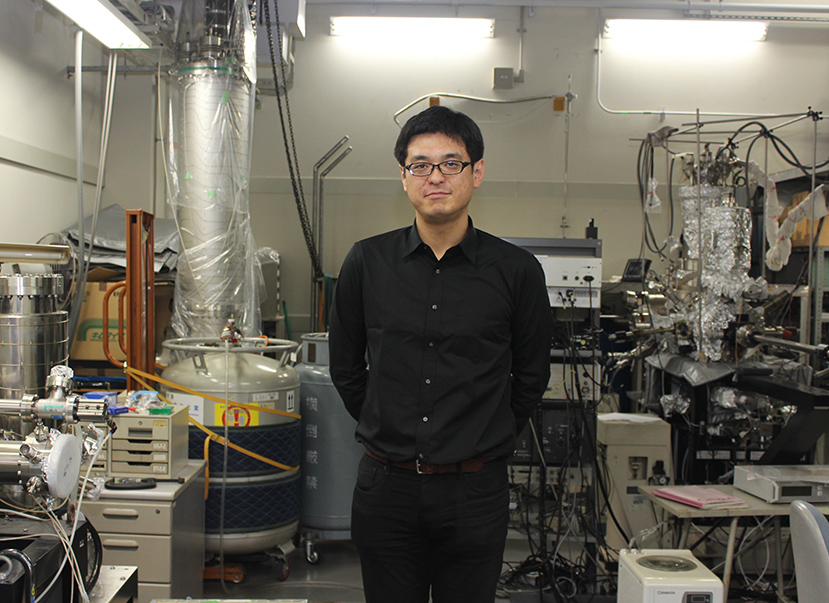User Interview
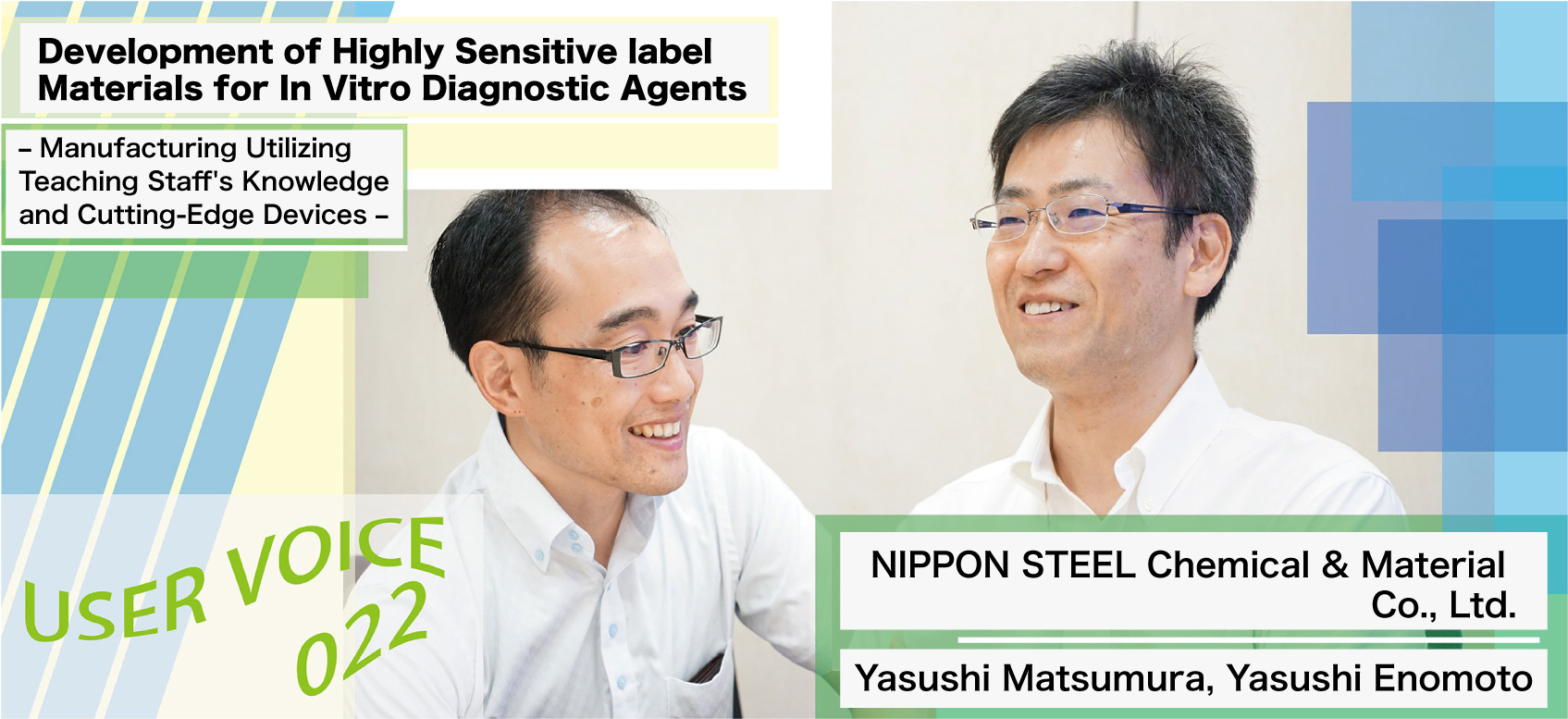
―First, please tell me about your research?
We are developing highly sensitive label materials for in vitro diagnostic agents. Among the in vitro diagnostic agents, we are focusing on developing label materials for immunochromatography. The immunochromatography is about pregnancy tests or influenza test kits, do you understand? When you place drops of the test solution on the test kit and wait several minutes, a positive or negative test line appears. We are developing materials that cause the positive or negative test line to appear with a darker color, even in small amounts or at low concentrations.

―What types of materials do you use?
We use metal nanocomposite particulates. Metal nanoparticles are supported on latex particulates. We use gold or platinum as the metal. As shown in the SEM image, they are homogeneously supported. The technology for preparing these particles is original technology that we developed.
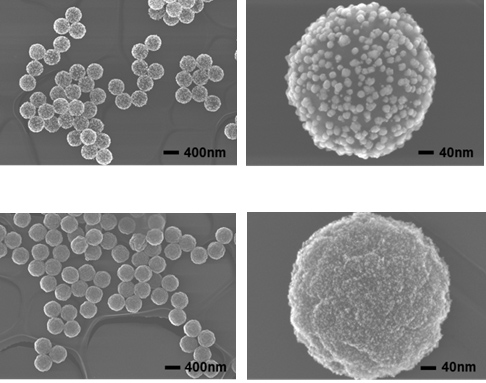
―In which part of the test kits are these particles used, and how do they work?
The conjugate pad part of the test kits is impregnated with the metal nanocomposite particulates bound by antibodies. When the sample extract solution is poured in drops onto the sample pad part of the test kits, the particulates pass through the membrane by capillarity action and reach the test line. If the sample extract solution contains antigens, the antigens bind to the metal nanocomposite particulates bound by the antibodies until reaching the test line. Furthermore, they react with antibodies applied to the test line part and so the color appears at the test line. From hundreds to tens of thousands of metal nanoparticles are supported on each particle of the metal nanocomposite particulate of our company. So it shows a very strong color reaction. That is, the line color comes out strongly even if the amount is very small. Test kits using our metal nanocomposite particulates can provide highly sensitive detection compared with existing products.
―For the development of these materials, how did the Japan Advanced Institute of Science and Technology (JAIST) take part?
It all started when I saw the research of Mr. Maenosono from JAIST on the Internet. At first, we were engaged in collaborative research with him about other materials. At that time, I asked for his advice about the synthesis and assessment of nanoparticles. After that, I found out about the Nanotechnology Platform. Currently, we are using the transmission electron microscope as equipment utilization.
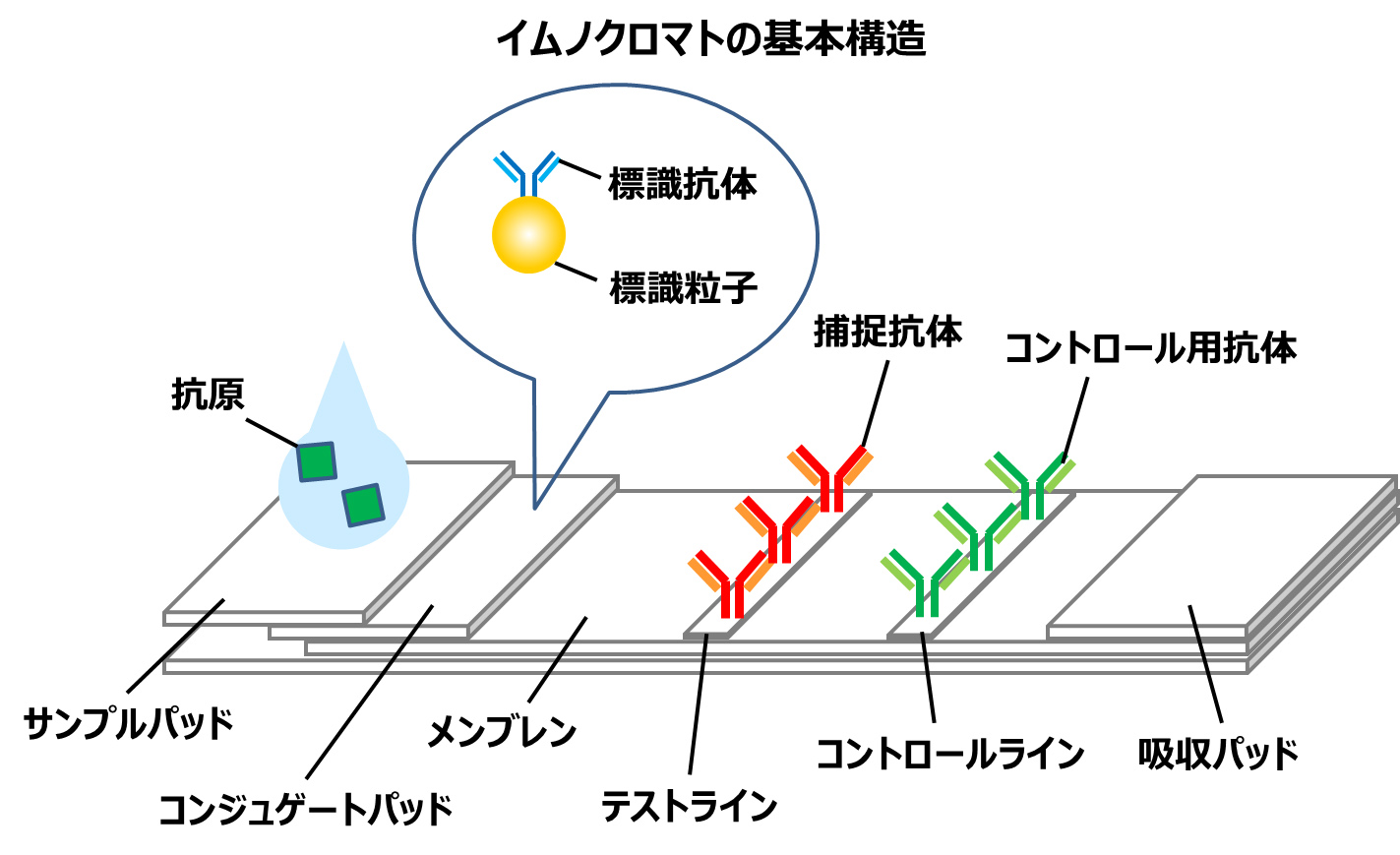
―How did you feel when you used the equipment of the Nanotechnology Platform?
It is very helpful to use cutting-edge equipment from universities without requiring a collaborative research agreement. Concluding an agreement with a company requires a lot of work. But, in the current utilization method, I can use the equipment as often as necessary. I think it is useful. Of course, it is also very helpful for me to be able to use it for a low fee. Not only can I use the equipment but I can also consult the teaching staff of JAIST, including Mr. Maenosono. If you just use the equipment, the service will be the same everywhere. But it is also appealing that you can ask the teaching staff for advice on any technical problems.
―Please let me hear the goals of your future research and development.
The group we belong to is trying to do something new at the company. I believe that the metal nanocomposite particulate is a material that can be applied to immunochromatography and other areas. One of our goals is, of course, making a success of this development, but another goal is extending the range of the application of this material and to find the new usage.
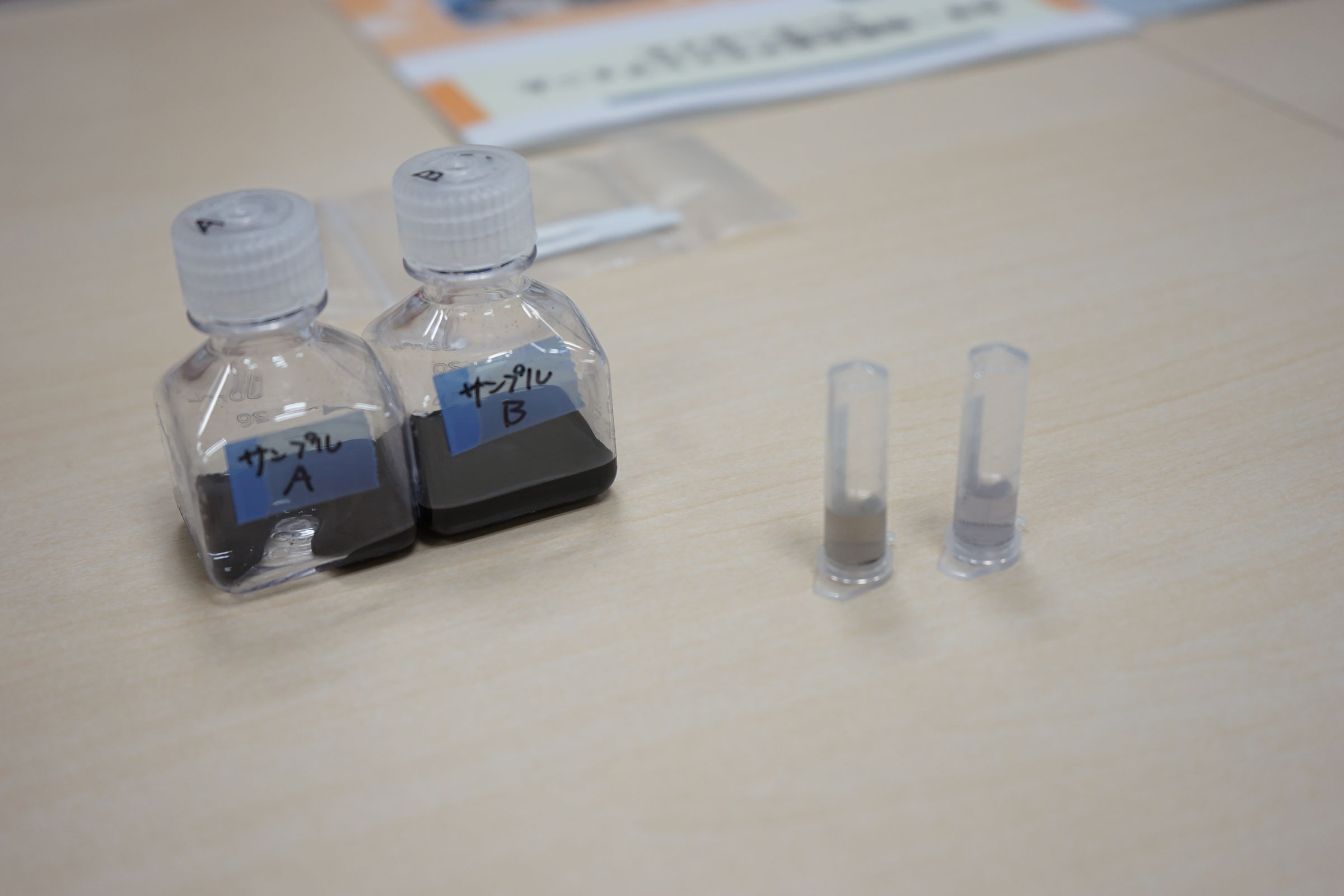
―Please let me hear the future goals of you two.
As a person who is working on research and development in the company, when useful products are launched, I feel very happy because I have a feeling that if I seek to better technology, it would always lead to a good product. There are many challenges when you link research to business, but I will accomplish this with the support of universities.


